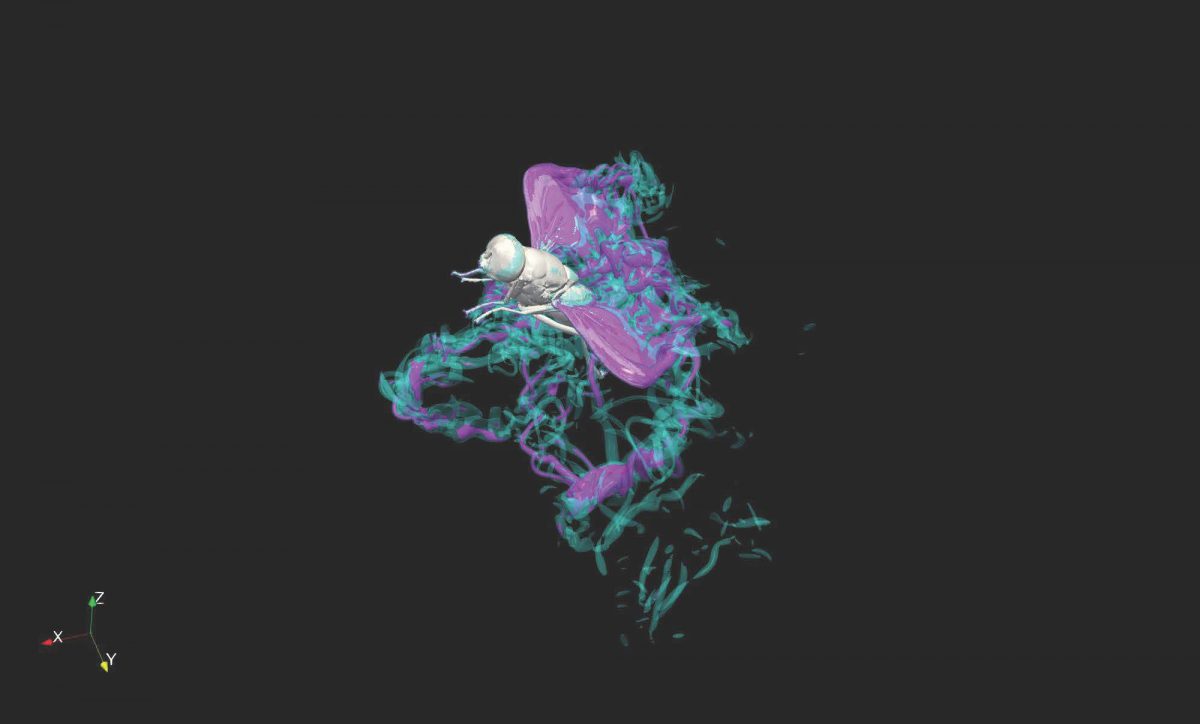Flying insects, spectacular little flapping machines with enormous evolutionary success, are an invaluable source of inspiration for a large, interdisciplinary community of scientists. In this talk I will show our latest results on the aerodynamics of houseflies (M. domestica) and dragonflies (P. flavescens) flight with broken wings, with a focus on the numerical aspects of this work. We combine wing wear experiments, in which we study how wing damage progresses over time, with state of the art numerical simulations of the aerodynamics of animals with broken wings. The numerical simulations are done with our in-house open-source solver WABBIT, which combines wavelet-based adaptivity with an efficient parallelization to exploit massively parallel supercomputers. It will be presented in some detail in this talk. From those high-fidelity data, we obtain a data-driven quasi-steady aerodynamic model, which, combined with the full-scale simulations, allows us to explain the energetic cost of flying with broken wings. This insight allows us to draw conclusions on the reserve animals are built with, which a potentially important guideline for the design of aerial robots, as well as an important factor for biological fitness.
Site du SP2MI-H2
11 BD Marie et Pierre Curie
86360 chasseneuil du Poitou

